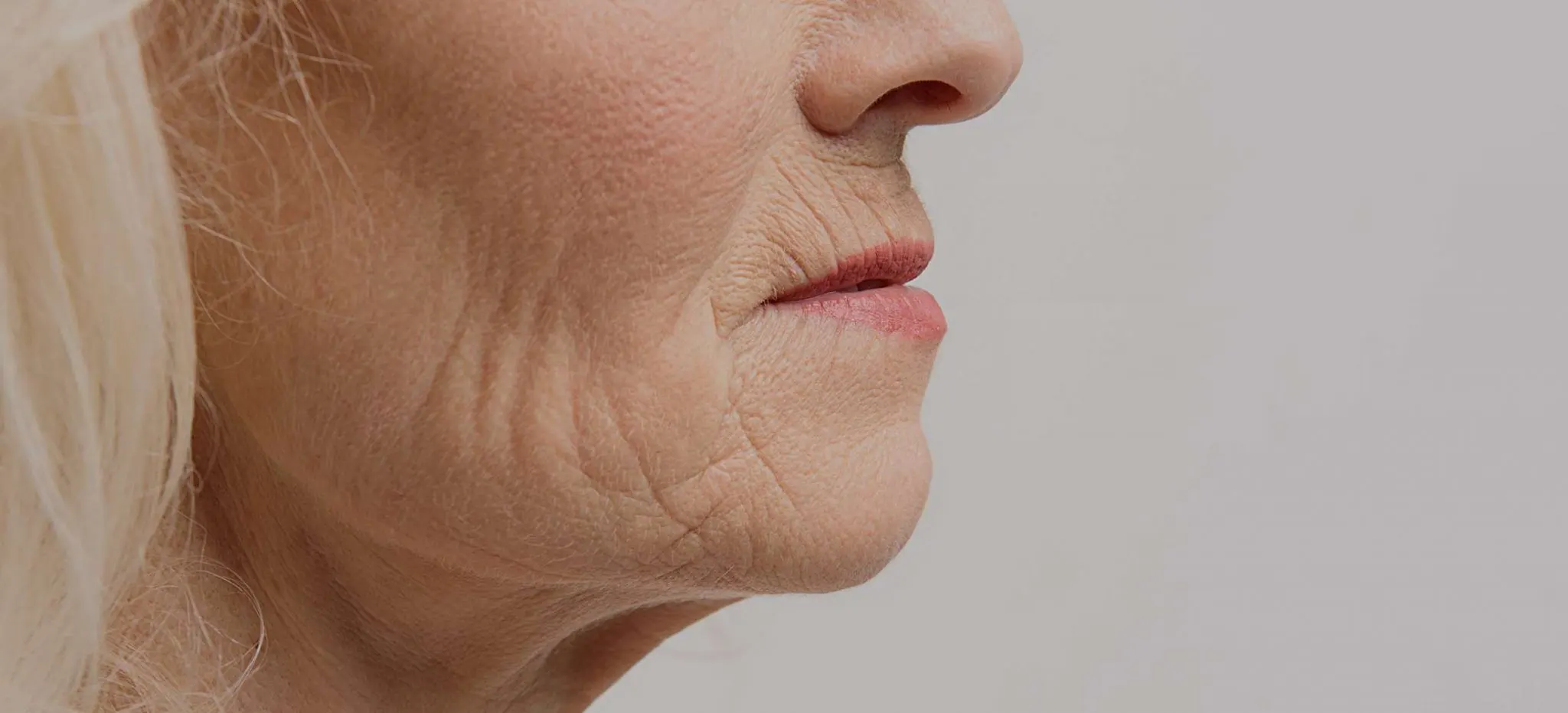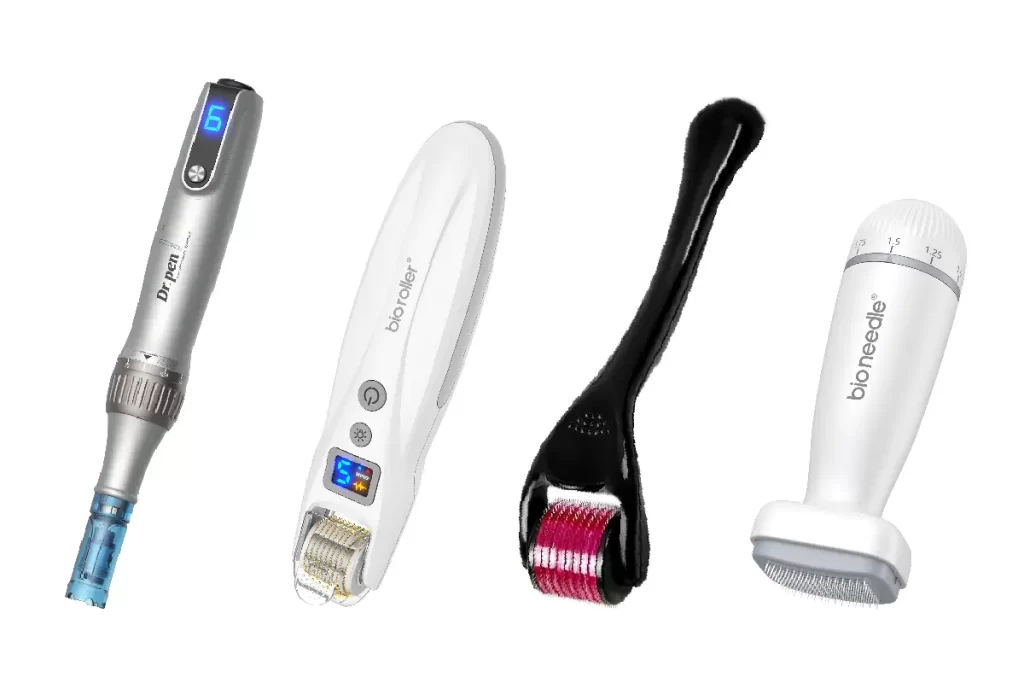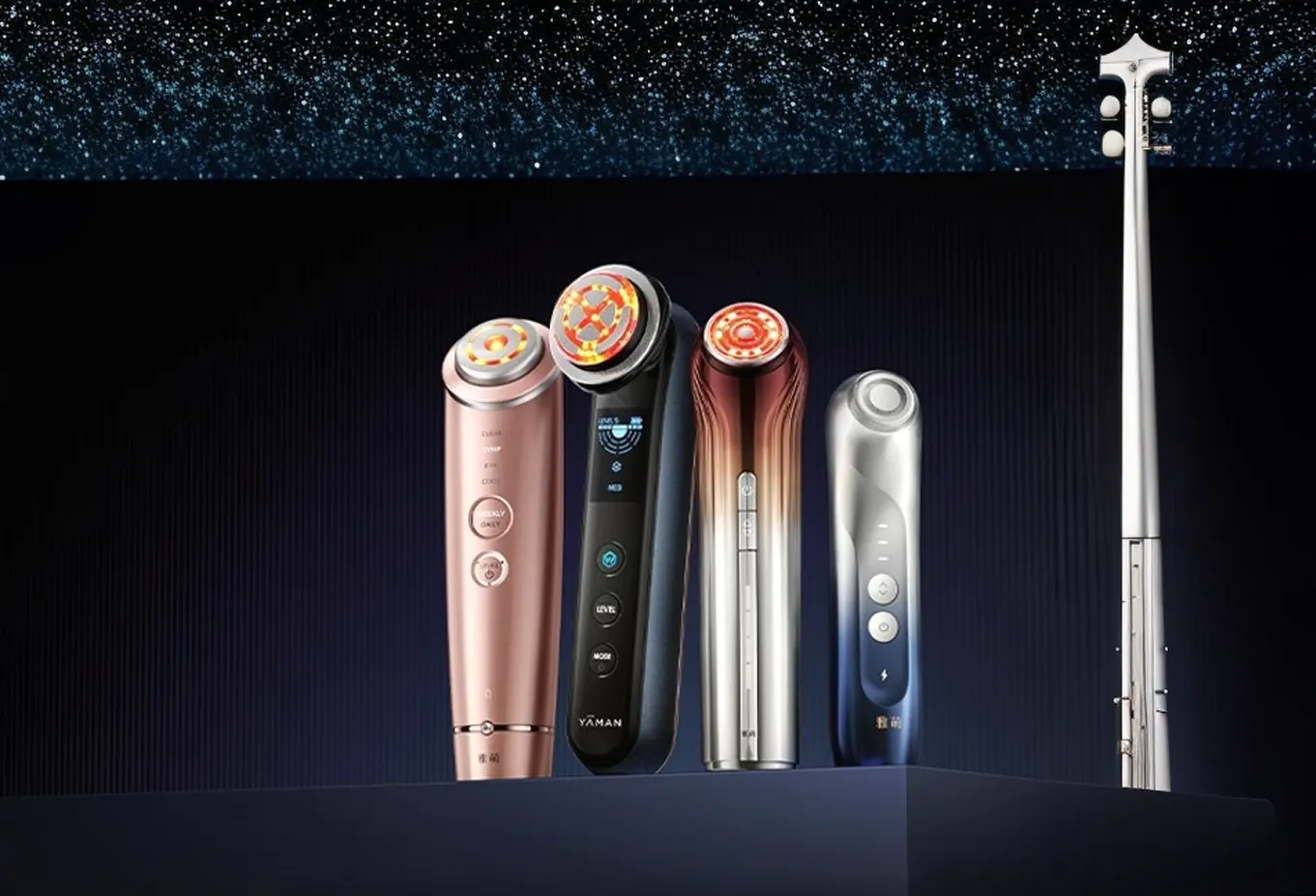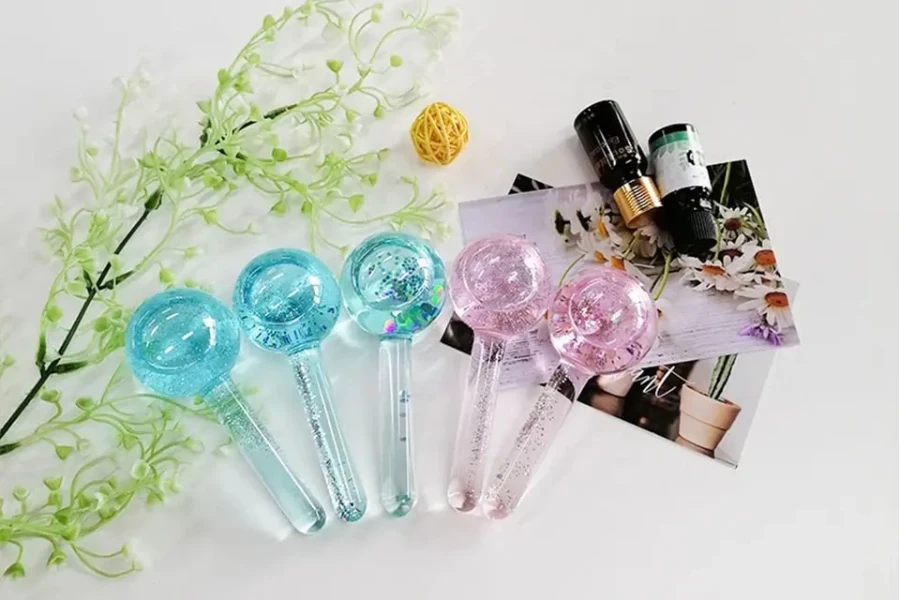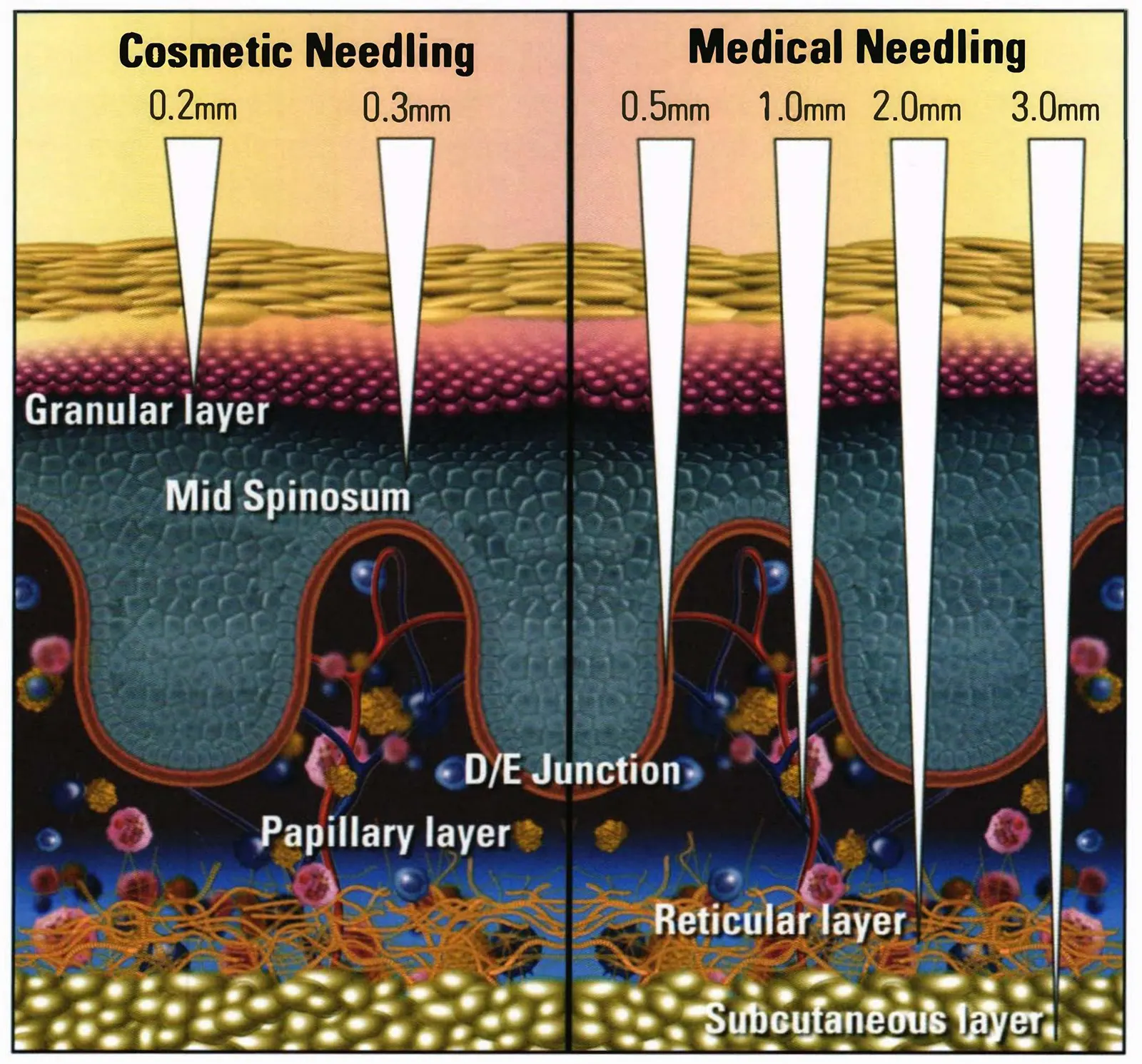With the rapid development of the global anti-aging market, skin sagging and wrinkles have become one of the most concerned skin care pain points for consumers. According to data from Grand View Research, the global anti-aging market size has exceeded US$60 billion in 2022, and is expected to continue to grow at an average annual rate of 7.5%, reaching nearly US$100 billion by 2030. This growth is not only due to the trend of population aging but also due to consumers’ strong demand for “frozen age” and “anti-aging” skin care.
Among the many anti-aging solutions, microneedle therapy is rapidly occupying a huge market share due to its non-invasive, high efficiency and safety. Whether it is a portable microneedle device for home use or a professional-grade microneedle instrument, it provides consumers with a full range of anti-aging experiences from surface care to deep repair. For brands, distributors and retailers, microneedle therapy is not only an innovative product choice, but also an excellent opportunity to significantly enhance brand competitiveness and market share. This article will explore in depth the scientific principles, market potential and commercial value of microneedle therapy in improving skin sagging and wrinkles, to help you better understand this trend, empower your brand and seize the future growth points of the anti-aging market.
Pathological Manifestations of Skin Sagging and Wrinkles
Skin sagging and wrinkle formation are the result of the combined effects of multiple internal and external factors, the core of which lies in the gradual degeneration and dysfunction of the skin structure. The following is an in-depth analysis of this issue from the perspectives of pathological manifestations, combined with relevant data:
Keratinocyte Damage & Impaired Signal Transmission:
Keratinocytes are the main cell type in the epidermis, responsible for maintaining the skin barrier function and participating in intercellular signal transmission. With age and the influence of environmental factors (such as ultraviolet rays and pollution), the function of keratinocytes gradually declines, resulting in impaired signals transmitted to dermal fibroblasts. This interruption of signal transmission directly affects the activity of fibroblasts, thereby reducing the synthesis of collagen and elastin. Studies have shown that after the age of 50, the signal transmission efficiency of keratinocytes decreases by about 40%, resulting in a more than 40% decrease in the collagen synthesis capacity of fibroblasts.
Deterioration of Collagen & Elastin Fibrils:
Collagen and elastin are the core components for maintaining skin firmness and elasticity. During the aging process, collagen fibers gradually break and degrade, while elastin fibers undergo degeneration (such as actinic elastic degeneration), causing the skin to lose its original support and resilience.
Loss of Structural Integrity of The Dermis:
The dermis is the main supporting structure of the skin, and its integrity depends on the stability of collagen, elastin, and the extracellular matrix (ECM). With age, the content of collagen and elastin in the dermis decreases significantly, and the degradation of the extracellular matrix intensifies, resulting in thinning of the dermis and loose structure. Clinical data show that the thickness of the dermis of elderly skin is about 20%-30% less than that of young skin.
Loss of Glycosaminoglycans (GAGs) and Loss of Adhesion
In general, the current status of ice globe production presents the characteristics of scale and diversification. There are not only high-quality products created by high-end brands relying on head manufacturers but also cost-effective options provided by ordinary manufacturers. Whatever your needs, you can find the right production solution in China. Next, we will delve into the differences between the top manufacturers and ordinary manufacturers to help you better understand the production of ice globes.
The Mechanism of Skin Sagging and Wrinkles
The formation of skin sagging and wrinkles is the result of the combined effects of multiple internal and external factors, the core of which lies in the structural and functional changes of connective tissue and extracellular matrix (ECM). The following is an analysis of the main mechanisms that lead to skin sagging and wrinkles from a professional perspective:
Intrinsic Aging: Age and Decline in Cell Function
Mitochondrial aging: A decline in mitochondrial function leads to insufficient energy supply to cells, affecting the synthesis and repair of collagen and elastin. Key skin cells such as fibroblasts enter an aging state, with decreased secretory activity and reduced production of collagen and elastin. Studies have shown that after the age of 50, the activity of mitochondria in the skin decreases by about 30%-50%, and the proliferation capacity of fibroblasts is 40%~60% lower than that of young skin.
Glycation Reaction: Accumulation of Advanced Glycation End Products (AGEs)
Glycation reaction refers to the formation of advanced glycation end products (AGEs) by the combination of sugar molecules (such as fructose or glucose) with proteins or lipids without enzyme control. The accumulation of AGEs can lead to abnormal cross-linking of collagen and elastin, causing them to lose their original elasticity and function. The concentration of AGEs in elderly skin is 2-3 times higher than that in young skin, resulting in a more than 30%~50% decrease in the elasticity of collagen and elastin.
Photoaging: UV Irradiation and Activation of Matrix Metalloproteinases (MMPs)
Ultraviolet (UV) irradiation activates matrix metalloproteinases (MMPs), such as collagenase-1, which accelerates the degradation of collagen and elastin. Data shows that a single UV exposure can increase the activity of MMPs by 60%-80% within 24 hours, resulting in a 50% increase in collagen degradation.
Oxidative Stress: Damage to Skin Structure by Free Radicals
Oxidative stress is caused by excessive production of free radicals, which attack cell membranes, proteins, and DNA, leading to lipid peroxidation and cell dysfunction. Oxidative stress can increase lipid peroxidation products in the skin by 2-3 times, resulting in a 30%-40% decrease in cell membrane integrity.
Mechanical Stress and Weight Fluctuations: Physical Effects on Skin Support Structures
Frequent facial expressions (frown, smile, etc.) cause repeated folding of the skin, accelerating the breakage of collagen fibers and the degeneration of elastic fibers. Long-term and repeated facial expressions can reduce the elasticity of the skin in a specific area by 20%-30%. In addition, drastic changes in weight, such as pregnancy or rapid weight loss, can cause sudden changes in the skin’s support structure, leading to a loss of skin elasticity. About 70% of women experience loose abdominal skin after pregnancy, and up to 30% of these cases are difficult to recover naturally.
Connective Tissue Disease: The Influence of Congenital and Acquired Factors
Certain connective tissue diseases, such as Ehlers-Danlos syndrome, can cause abnormal collagen synthesis or structure, making the skin more prone to sagging and wrinkles. The skin elasticity of patients with Ehlers-Danlos syndrome is 50%-70% lower than that of normal people.
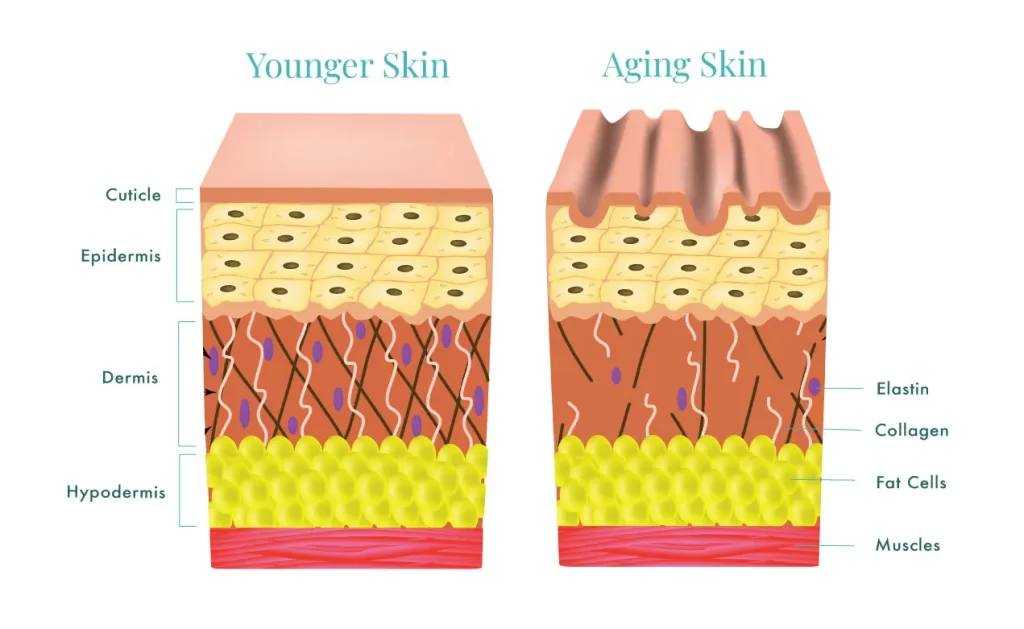
How Does Microneedle Therapy Improve Sagging Skin and Wrinkles?
As a non-invasive skin repair technology, microneedle therapy can effectively improve skin sagging and wrinkles by activating the skin’s self-repair mechanism through physical stimulation. The following is a detailed analysis of the unique advantages of microneedle therapy in the field of anti-aging:
Stimulating Collagen and Elastin Regeneration
Microneedle therapy triggers the wound healing cascade through “medical” acupuncture, aggregating platelets, fibroblasts, epithelial cells, endothelial cells and immune cells to form a complex signaling system. This system is mainly composed of growth factors (such as TGF-β, VEGF, FGF) and cytokines (such as IL-6, IL-8), which work together to activate the differentiation and proliferation of fibroblasts. There are three key processes here:
- First: microneedles create micro-injuries on the surface of the skin, start the wound healing process, attract platelets and immune cells to the site of injury, and release growth factors.
- Secondly: Growth factors (such as TGF-β) stimulate fibroblasts to differentiate into myofibroblasts, which produce a tightening effect through myofibril contraction, similar to the contraction mechanism of smooth muscle cells.
- Finally: Activated fibroblasts synthesize collagen (type I and type III) and elastin in large quantities to repair the damaged dermal structure.
Enhance The Repair and Reconstruction of The Extracellular Matrix (ECM)
Microneedle therapy increases the availability of cellular nutrients through “cosmetic” acupuncture, while promoting normal communication between keratinocytes and fibroblasts. The rapid epithelialization process restores intercellular signaling, eliminates the inflammatory cascade, and enables fibroblasts to focus on the repair and reconstruction of the extracellular matrix (ECM)
Promote the penetration of active ingredients and enhance skin care effects
The microchannels created by microneedles can significantly increase the penetration rate of skin care active ingredients (such as peptides, hyaluronic acid, vitamin C, etc.), enhance their anti-aging effects, and improve skin damage caused by oxidative stress and photoaging. Studies have found that after using microneedles in combination with active ingredients, the skin’s antioxidant capacity increases by 40%-50%, and the repair rate of ultraviolet damage is accelerated by 30%.
Improve Skin Microcirculation and Enhance Cell Activity
Microneedles stimulate skin microcirculation, increase the supply of oxygen and nutrients, enhance cell activity, delay cell aging, and improve skin aging caused by mitochondrial function decline and cell aging.
The Commercial Value of Microneedle Therapy in Anti-Aging
Meeting Consumers’ Demand for Non-Invasive Anti-aging Solutions
As consumers’ demand for non-surgical anti-aging solutions increases, microneedle therapy has become a popular choice in the market due to its safety, efficiency and convenience. The global microneedle beauty market is expected to grow at an average annual rate of 8.5%, and the market size will reach US$1 billion by 2028. Of course, there are many non-invasive therapies on the market, such as ultrasonic knife, radio frequency technology, photorejuvenation, microcurrent technology, etc. These technologies have their own characteristics and can meet the needs of different consumers. Microneedle therapy is unique among them because it has both “medical” and “beauty” functions. It can directly activate the skin’s self-repair mechanism through physical stimulation, while improving the absorption rate of skin care ingredients, making it a popular choice in the anti-aging field.
Improving Your Brand Competitiveness and Product-added Value
Microneedle products can be sold in combination with other anti-aging products (such as essences and creams) to increase customer unit price and brand competitiveness. We have a customer who uses a 540 microneedle as a free gift as part of his skin care products in the local market, and sales have increased significantly After 3 months. As consumers are more and more receptive to microneedle treatment, we believe that more brands will adopt similar strategies.
Applicable to A Variety of Application Scenarios, Expanding Market Space
Portable microneedle rollers or stamps are easy to operate and suitable for daily skin care. High-end microneedle equipment can be used in beauty salons and medical beauty clinics to provide deeper anti-aging care. According to data, the market share of home microneedle products has increased year by year, and it is expected to occupy about 60% of the microneedle market after 2025.
We provide microneedle products with different needle lengths, materials, and designs, including wholesale and private label customization services to meet the needs of different customer groups.
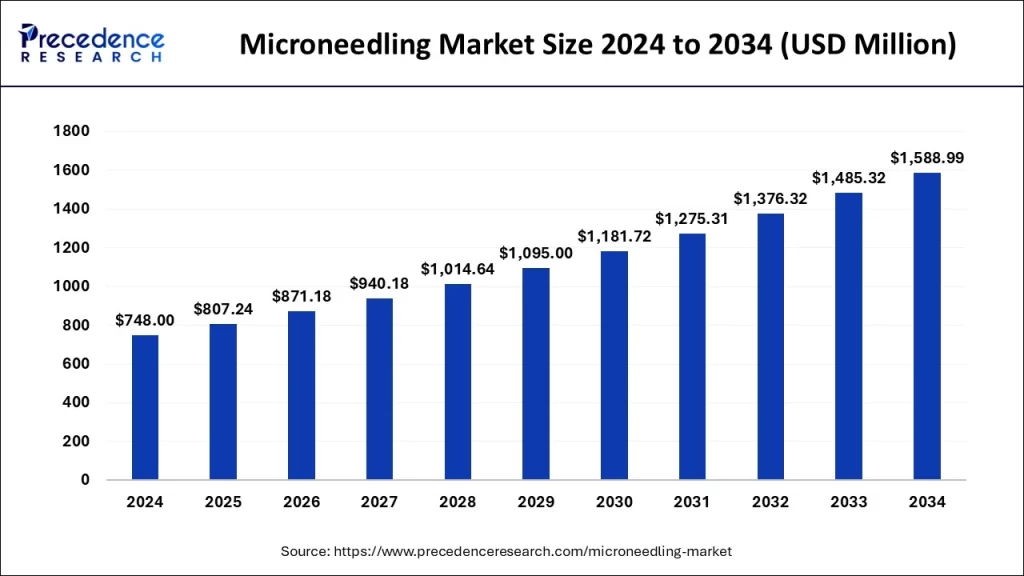
Ending
Skin sagging and wrinkle formation are the result of multiple complex mechanisms, from internal aging to external environmental factors, each link affects the health and youthfulness of the skin. Microneedle therapy, with its unique mechanism of action, provides an efficient, safe and convenient solution for skin anti-aging by stimulating collagen and elastin regeneration, enhancing the repair and reconstruction of the extracellular matrix, and promoting the penetration of active ingredients.
In the non-invasive anti-aging market, microneedle therapy stands out for its significant clinical effects, wide application scenarios and strong market potential. Whether it is a portable device for home use or a professional-grade instrument, microneedle therapy can meet consumers’ urgent needs for “freezing age” and “reversing age” skin care. For brands, wholesalers and retailers, microneedle therapy is not only an innovative product choice, but also an excellent opportunity to significantly enhance brand competitiveness and market share.
Wholesale and Custom Microneedling Tools
ROSEORCHID provides wholesale and customized microneedle tools for your business. Welcome to choose all types of products here.
You can choose different shapes, colors, packaging, and set combinations according to your business. Whether you’re looking to expand your product offerings or ensure your customers receive the best products, we have the expertise and resources to support you in achieving your goals.
Contact us now to learn more about our products and services, and let us start a successful cooperation journey together!

